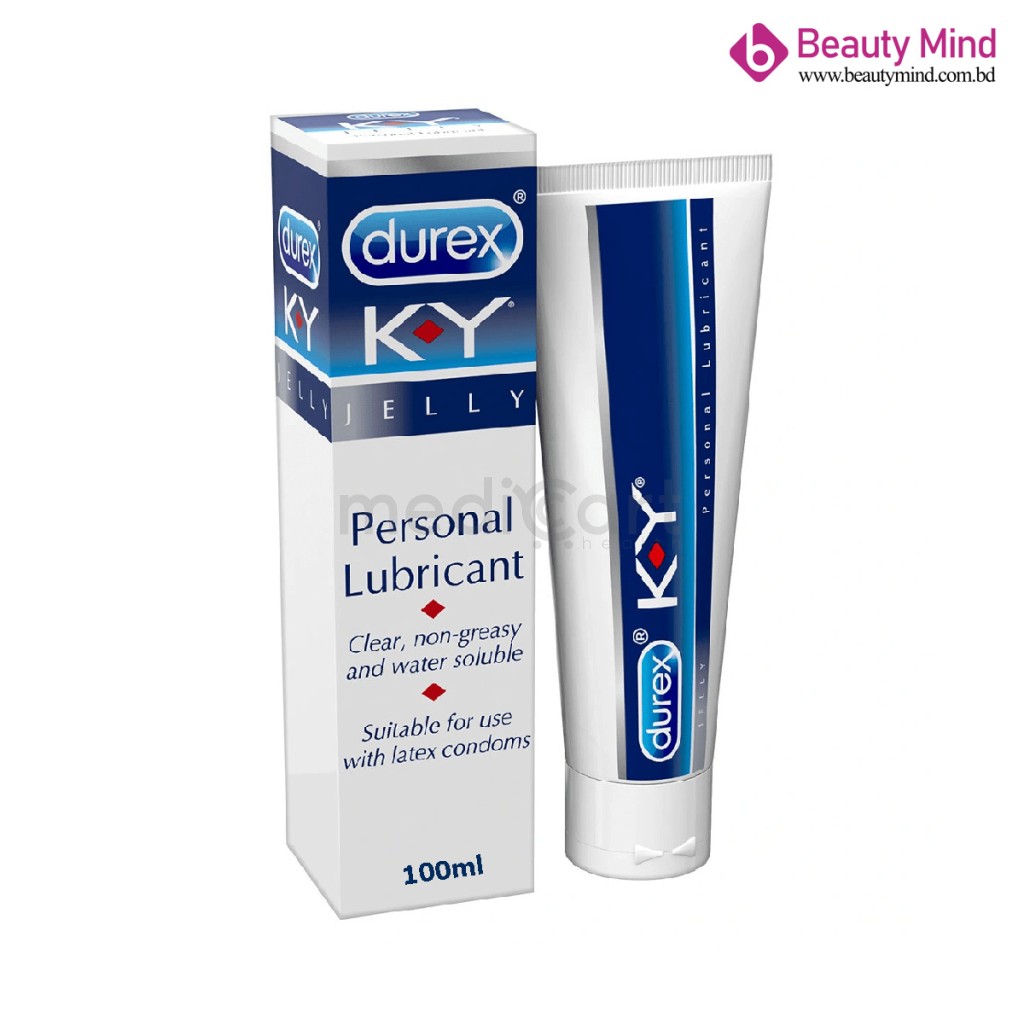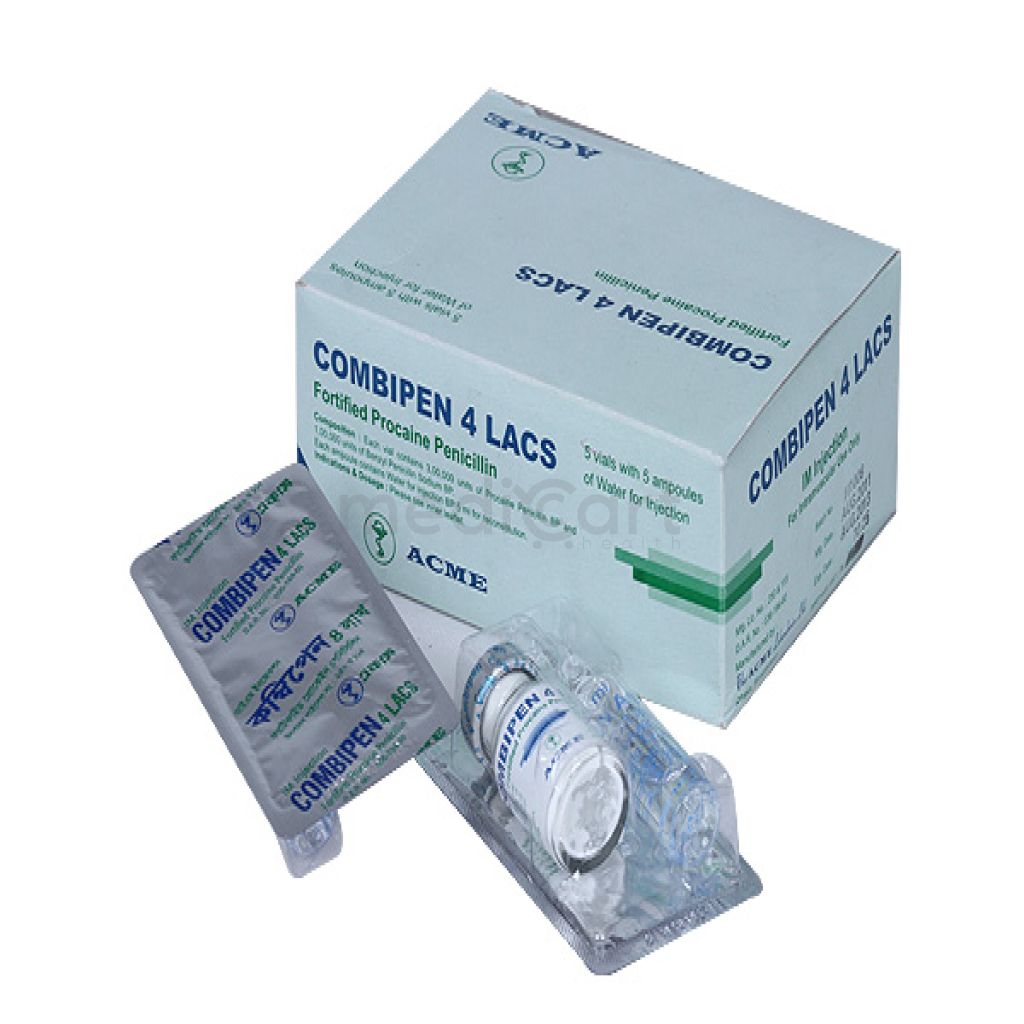

Best Price *
TK
84.00
* Delivery will be done in Dhaka city only.
More Information About - LIMPET M 2 - 2 MG
Description
Generic Name
Glimepiride + MetforminPrecaution
Renal and hepatic impairment. Avoid alcohol consumption. Hypoglycaemic episodes.Indication
Type 2 diabetes mellitusContra Indication
Renal disease or renal dysfunction, as suggested by serum creatinine levels ?1.5 mg/dL [males], ?1.4 mg/dL [females] or abnormal creatinine clearance, which may also result from conditions such as cardiovascular collapse (shock), acute myocardial infarction, and septicaemia. Hepatic impairment. Known hypersensitivity to this product or any of its components. Acute or chronic metabolic acidosis, including diabetic ketoacidosis, with or without coma. Diabetic ketoacidosis should be treated with insulin. Patients undergoing radiologic studies involving intravascular administration of iodinated contrast materials, because the use of such products may result in acute alteration of renal function Pregnancy, lactation.Dose
N/ASide Effect
Diarrhoea, vomiting, metallic taste, rash, isolated transaminase elevations, cholestatic jaundice, allergic skin reactions, photosensitivity reactions, leukopaenia, agranulocytosis, thrombocytopaenia, haemolytic anaemia, aplastic anaemia, pancytopaenia, blurred vision. Potentially Fatal: Lactic acidosis.Pregnancy Category
Name : Not Classified
Description
FDA has not yet classified the drug into a specified pregnancy category.Mode of Action
Glimepiride stimulates the insulin release from functioning pancreatic ?-cells and inhibits gluconeogenesis at hepatic cells. It also increases insulin sensitivity at peripheral target sites. Metformin decreases hepatic gluconeogenesis, decreases intestinal absorption of glucose and improves insulin sensitivity (increases peripheral glucose uptake and utilisation).Interaction
Cationic drugs: Certain medications used concomitantly with metformin may increase the risk of lactic acidosis. Cationic drugs that are eliminated by renal tubular secretions (e.g: amiloride, digoxin, morphine, procainamide, quinidine, ranitidine, or vancomycin) may decrease metformin elimination by competing for common renal tubular transport systems. Hence, careful patient monitoring and dose adjustment of metformin/cationic drug is recommended. Miconazole (systemic route, oromucosal gel) and Phenylbutazone (systemic route): Increases hypoglycemic effect of glimepiride. Thiazide: Interactions between thiazide diuretics and oral antidiabetic agents decreases insulin sensitivity thereby leading to glucose intolerance and hyperglycemia. Hence diabetic patients should be monitored closely. Other: Concomitant administration of angiotensin enzyme inhibitors (captopril, enalapril), other antidiabetic drugs (insulin, acarbose) beta-blockers, fluconozole, monoamine oxidase inhibitors (MAOIs), sulphonamides and NSAIDs, increasessensitivity to insulin and potentiates blood glucose lowering effect and may in some 6 instances, cause hypoglycemia. Patients receiving estrogens or oral contraceptives, phenytoin, quinolones should be closely monitored for loss of diabetic control. Potentially Fatal: NSAIDS, salicylates, sulfonamides, chloramphenicol, coumarins, probenecid, MAOs, and beta blockers potentiate the hypoglycemic action of glimepiride.Pregnancy Category Note
N/AAdult Dose
Oral Type 2 diabetes mellitus Adult: Each tablet contains glimepiride 1 mg or 2 mg and metformin sustained release 500 mg The initial recommended dose is one tablet once daily Maximum Recommended Dose The maximum recommended dose for glimepiride is 8 mg daily. The maximum recommended daily dose for metformin sustained-release is 2000 mg in adults. Dosage should be individualized on the basis of both effectiveness and tolerance.Child Dose
N/ARenal Dose
N/AAdministration
Should be taken with breakfast or first main meal of the day.Disclaimer
The information provided herein are for informational purposes only and not intended to be a substitute for professional medical advice, diagnosis, or treatment. Please note that this information should not be treated as a replacement for physical medical consultation or advice. Great effort has been placed to provide accurate and comprehensive data. However, Medicart along with its authors and editors make no representations or warranties and specifically disclaim all liability for any medical information provided on the site. The absence of any information and/or warning to any drug shall not be considered and assumed as an implied assurance of the Company.








